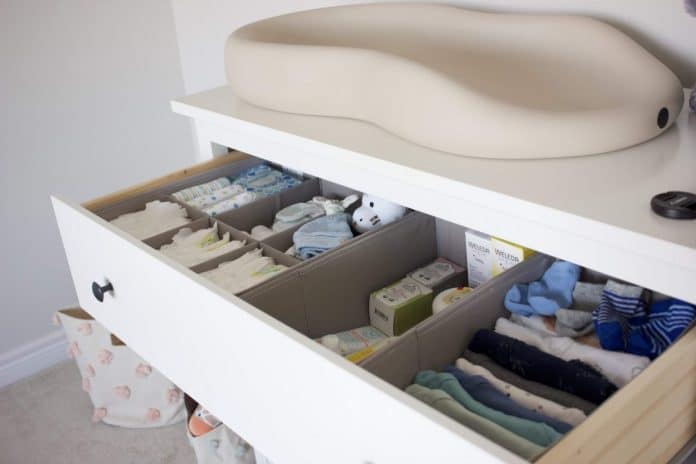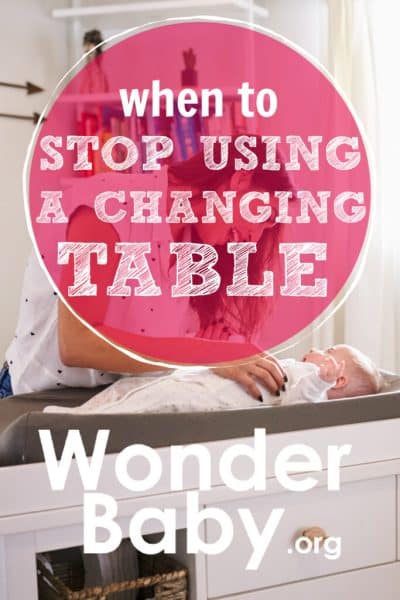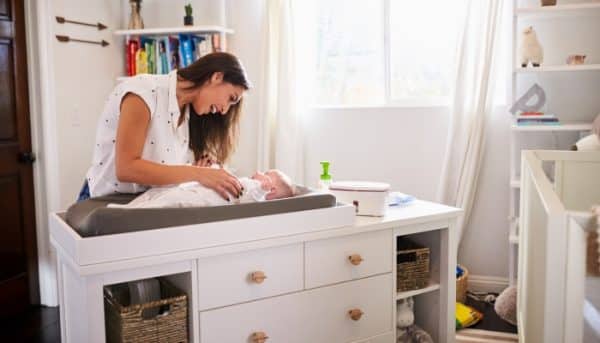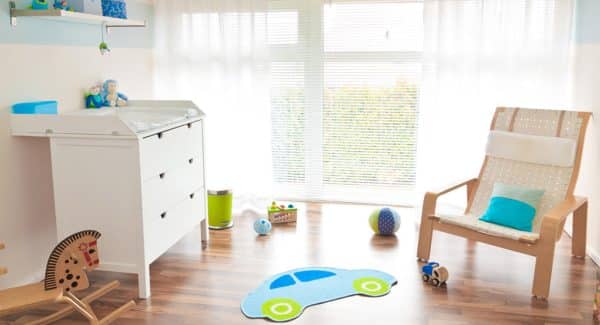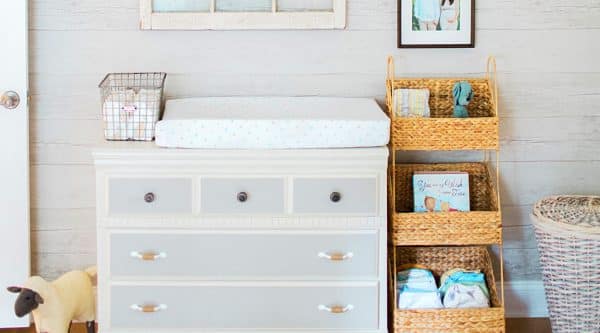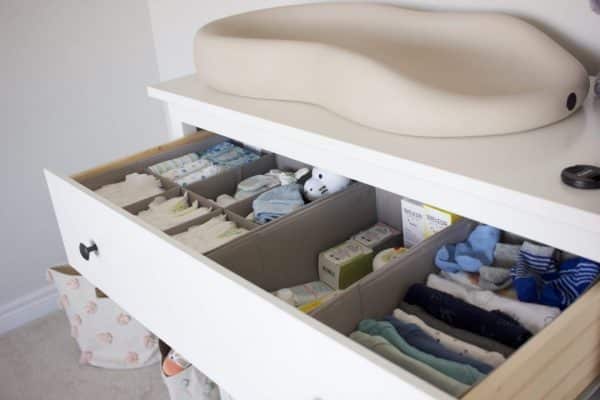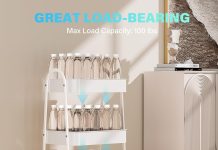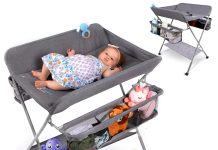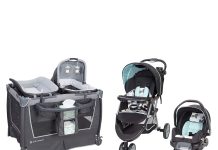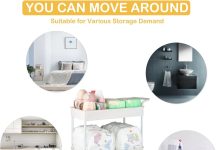Are you a new parent wondering if a changing table is necessary for your baby’s nursery? The answer is yes, for the most part.
However, there are certain situations where using a changing table may not be the best option. In this article, we will explore the instances when you should consider alternative methods for diaper changing.
From cramped spaces to mobility concerns, we will provide valuable insights to ensure your baby’s well-being and your convenience. So, let’s dive in and discover when you should skip the changing table!
Review contents
When should you not use a changing table?
Knowing the right time and place to use a changing table is essential as a parent or caregiver. While changing tables is a convenient and safe option for diaper changes, there are certain situations where it may be best to avoid using them. Let’s explore some of the reasons why you might choose not to use a changing table.
Child’s Age
One of the primary considerations when deciding to use a changing table is your child’s age. Changing tables are specifically designed for infants and young toddlers. Once your child reaches a certain age and starts showing signs of independence, such as standing or climbing, using a changing table may become more challenging. If your child is at an age where they are constantly trying to escape or squirm while being changed, it may be safer to find an alternative method for diaper changes.
Child’s Weight
Another factor to consider is the weight of your child. Most changing tables have weight limits, typically 25 to 50 pounds. If your child exceeds the weight limit specified for the changing table you have, it would be wise to refrain from using it. Exceeding the weight limit can put unnecessary stress on the table, potentially leading to accidents or breakage. Always check the weight capacity of your changing table and ensure it suits your child’s weight.
Child’s Mobility
In addition to age and weight, your child’s mobility plays a significant role in determining whether or not to use a changing table. If your child crawls, walks, or rolls over frequently, they may find it challenging to stay still on a changing table. This can pose a safety risk as children tend to be more active and curious at this stage. If your child cannot remain still on the changing table, using a changing pad on the floor may be safer, providing them with more freedom to move while still keeping them secure.
Physical Limitations
Child or caregiver physical limitations should also be considered when deciding whether to use a changing table. If your child has physical disabilities or conditions that make it challenging to use a changing table comfortably or safely, exploring alternative options may be more appropriate. Additionally, suppose the caregiver has physical limitations that make lifting and maneuvering the child onto a changing table difficult. In that case, it may be best to consider alternative methods for diaper changes.
Location Accessibility
The accessibility of the changing table’s location is another aspect to consider. Suppose the changing table is situated in an area difficult to reach or where you constantly need to climb stairs or navigate tight spaces. In that case, using a different area for diaper changes may be more convenient. A changing table should be located in a spot that is easily accessible and allows for smooth transitions during diaper changes. If the location of the changing table poses challenges, it may be best to find a more practical and accessible space for diaper changes.
Time Constraints
Sometimes, time constraints may also play a role in determining whether or not to use a changing table. If you find yourself in a situation where you need to perform a quick diaper change, using a changing table may not be the most time-efficient option.
In such cases, using a portable changing mat or a clean, flat surface may be more convenient and save you valuable time. It’s essential to assess your available time and choose the most efficient method for diaper changes accordingly.
Hygiene Concerns
Hygiene is always a top priority when it comes to diaper changes. While changing tables are typically designed to be hygienic and easy to clean, there may be instances where hygiene concerns arise. If the changing table is visibly dirty, lacks proper sanitation supplies, or if you are in a public space where the cleanliness of the changing table is questionable, it may be in your best interest to find a cleaner and more hygienic area for diaper changes. Ensuring a clean and sanitized environment for your child is essential for their well-being.
Emergency Situations
Using a changing table in emergencies may not be feasible or practical. For example, if you are outside and your child urgently needs a diaper change, improvising and finding an alternative solution may be necessary. You have a backup plan for emergencies and arare prepared to adapt to unexpected circumstances. Keep a portable changing mat or disposable changing pads in your diaper bag to ensure you are always ready to handle unforeseen situations efficiently.
Environmental Considerations
Consider the environment you are in when deciding whether or not to use a changing table. If you are outdoors, finding a suitable changing table may be challenging, especially in more remote locations. A portable changing mat or a clean, flat surface like a blanket or towel can provide a convenient and safe option for diaper changes. Being aware of your surroundings and adapting to the environment is critical to ensuring a comfortable and efficient diaper-changing experience for you and your child.
Parent or Caregiver Preferences
Lastly, personal preferences as a parent or caregiver should also be considered. Different individuals may have different comfort levels and preferences when using changing tables.
If you feel more at ease using a changing mat on a bed or countertop, for example, and it meets safety requirements, choose the method that aligns with your preferences. Ultimately, it is essential to prioritize the comfort and safety of both you and your child during diaper changes.
In conclusion, while changing tables is a convenient option for diaper changes, there are several situations where it may be best to avoid using them. Factors such as the child’s age, weight, mobility, physical limitations, location accessibility, time constraints, hygiene concerns, emergencies, environmental considerations, and caregiver preferences should all be considered when making the decision. Considering these factors, you can ensure a safe, comfortable, and efficient diaper-changing experience for you and your child.

